Solving Centuries-Old Enigmas: Unveiling Long-Lost Ancient Treasures in the World
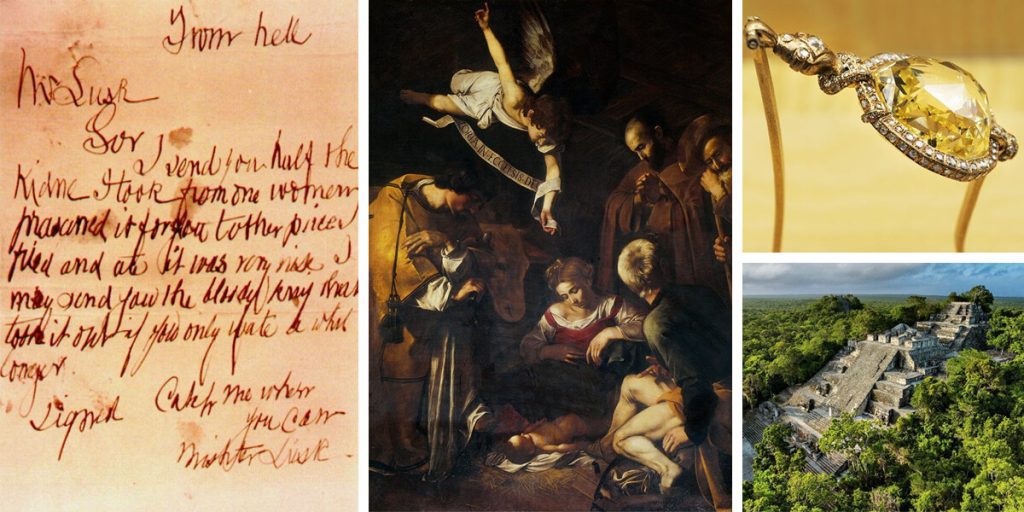
For centuries, tales of ancient lost treasure have captivated imaginations, with many adventurers seeking to uncover the truth behind the mysteries. After centuries of speculation and exploration, remarkable discoveries have been made: ancient lost treasures have been unearthed! This great uncovering has revealed a wealth of artifacts and precious items hidden for ages, providing a glimpse into the past and a thrilling adventure for those seeking to learn more.
The finds have revealed many items shrouded in wonders for eternity, from manuscripts to ancient jewelry. With modern technology and the expertise of archaeologists, these artifacts are being studied and examined to unlock their secrets and uncover the truth about the past. These incredible discoveries have captivated the world, providing a unique glimpse into a forgotten age and a thrilling adventure. Many of the mysteries have yet to be fully solved.
A Wealth of Knowledge yet to be Fully Understood
The “Atlantic Codex” is a set of manuscripts created by the legendary Italian Renaissance artist and inventor Leonardo da Vinci. Composed between 1478 and 1519, it is an enigma to historians and scientists alike, as it contains a wealth of knowledge yet to be fully understood.
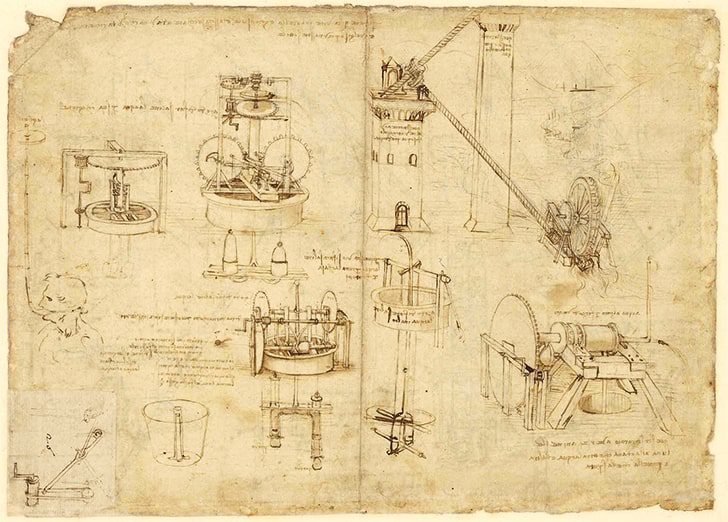
The drawing set is rumored to contain hidden secrets for centuries. While the secrets remain unsolved, its pages continue to give us a glimpse into the mysterious world of the past.
Next: A mysterious diamond with a cursed past awaits discovery.
Fake or Cursed?
The Florentine Diamond weighed 137 metric carats and has a legendary history. It’s said that Charles the Bold, Duke of Burgundy, had been wearing it when he was killed in battle in 1467. A commoner supposedly stole it from the dead duke and, thinking it was fake, sold it for a meager price.
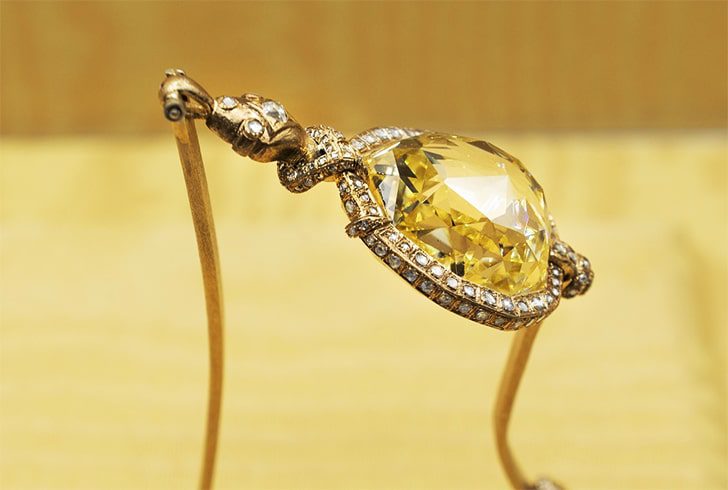
Also known as the Tuscany Diamond, it was last seen in 1918. Since then, much conjecture has swirled around this jewel, with rumors circulating that the Hapsburgs believed it was cursed and had been worn by Marie Antoinette.
Next: The mystery of Mallory’s death on Mount Everest.
They Found Mallory but not His Camera
The paradox of George Mallory’s death on Mount Everest has captivated the imagination of adventurers and thrill-seekers alike. He was a daring English mountaineer who, in June 1924, set out on a mission to become the first person to reach the summit of the world’s highest mountain.
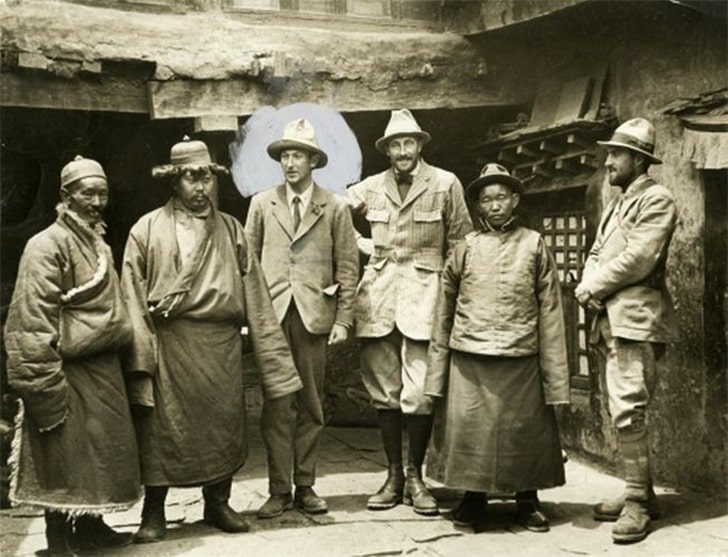
The story of his legendary journey is shrouded in mystery. No one knows what happened to George and his companion, Andrew Irvine, last seen alive on the mountain’s treacherous slopes.
Next: Glittering, grand, ornate, golden chamber of treasures.
The Eighth Wonder of the World
The “Amber Room,” considered an ‘Eighth Wonder of the World,’ is an awe-inspiring lost treasure. With its intricate amber panels, gold-leafed mosaics, and a dazzling array of precious gems, it was like something out of a fairytale.
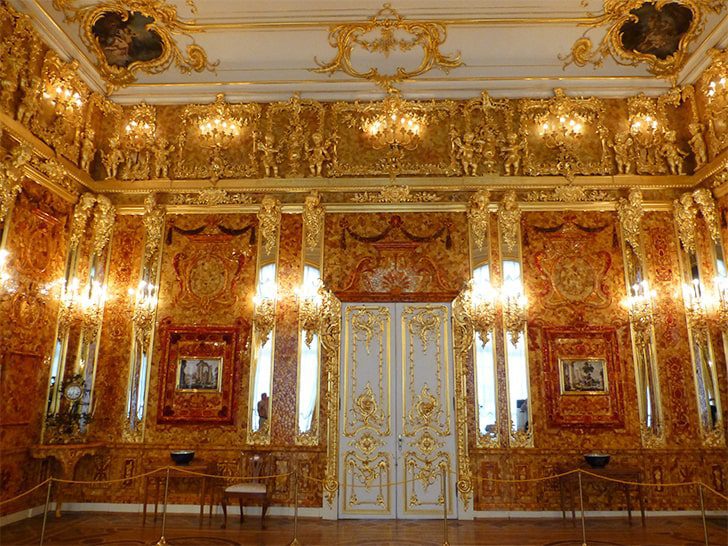
Its whereabouts were unknown until 2003 when a German historian discovered documents that suggested the amber panels had been destroyed during Allied air raids. No one knows what happened to the rest of the room, and it has never been found.
Next: The long-lost masterpiece by Leonardo Da Vinci…
Famous but Never Seen
The “Battle of Anghiari” by Leonardo da Vinci is one of the art world’s great mysteries. Despite being one of the most famous works of art, no one has ever seen it.
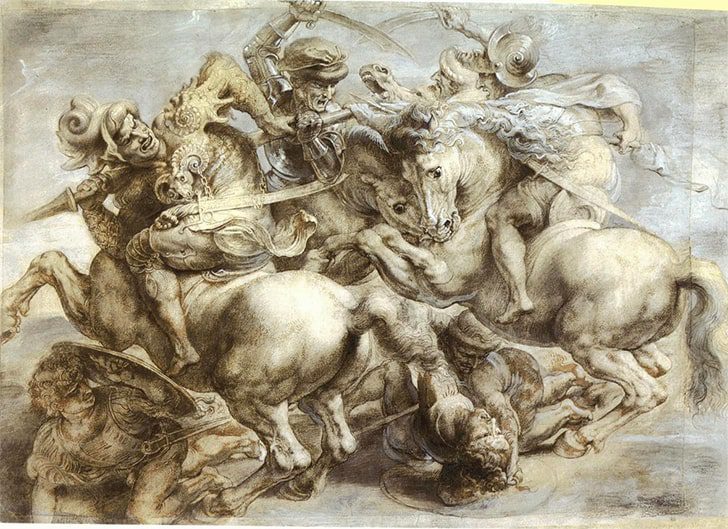
Though, a discovery was made in March 2012 by a team headed by Maurizio Seracini, indicating that the painting is still present on a concealed inner wall situated behind a cavity beneath a section of Giorgio Vasari’s fresco in the chamber.
Next: Ancient Egyptian pharaoh’s tomb with a fascinating history.
Portal to the Afterlife
The Sarcophagus of Menkaure is an ancient Egyptian artifact with a mysterious and fascinating history. It is a large stone coffin believed to have been crafted during the reign of the Fourth Dynasty Pharaoh Menkaure.
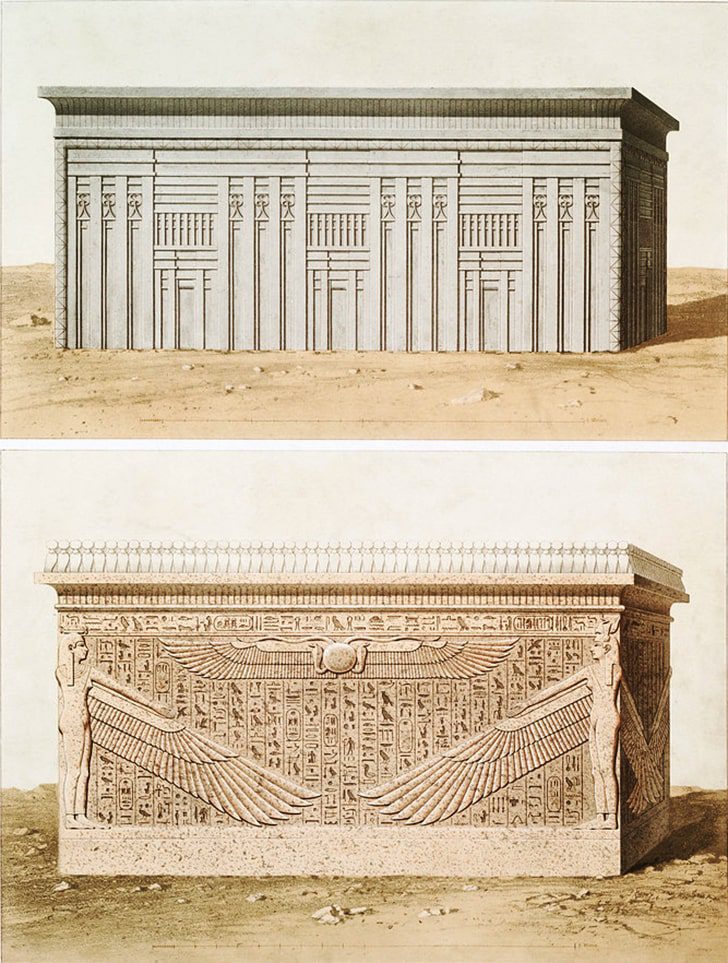
The intricate detail of the carvings has led some to believe that the casket was intended to be a portal to the afterlife, allowing Menkaure safe passage. The sarcophagus is so mysterious that, despite its age, no one knows its purpose.
Next: The first female aviator to fly solo across the Atlantic Ocean.
Disappeared Somewhere Over The Ocean
Amelia Earhart is one of the most famous aviators in history, and her mysterious disappearance has been the source of much speculation over the years.

Amelia and her navigator, Fred Noonan, embarked on an attempt to circumnavigate the world. They flew for several days around the globe, and then, on July 2, 1937, they disappeared somewhere over the Pacific Ocean. Although an extensive search was conducted, no trace of the aircraft or its occupants was found.
Next: The letter written by the infamous Jack the Ripper.
Letter From Hell Written by a Killer
Jack the Ripper’s “From Hell” Letter is one of history’s most infamous and mysterious writing pieces. The letter was reportedly sent by Jack the Ripper to the Central News Agency in London on October 15, 1888. The letter was accompanied by a piece of a human kidney, believed to have been taken by Jack from one of his victims.
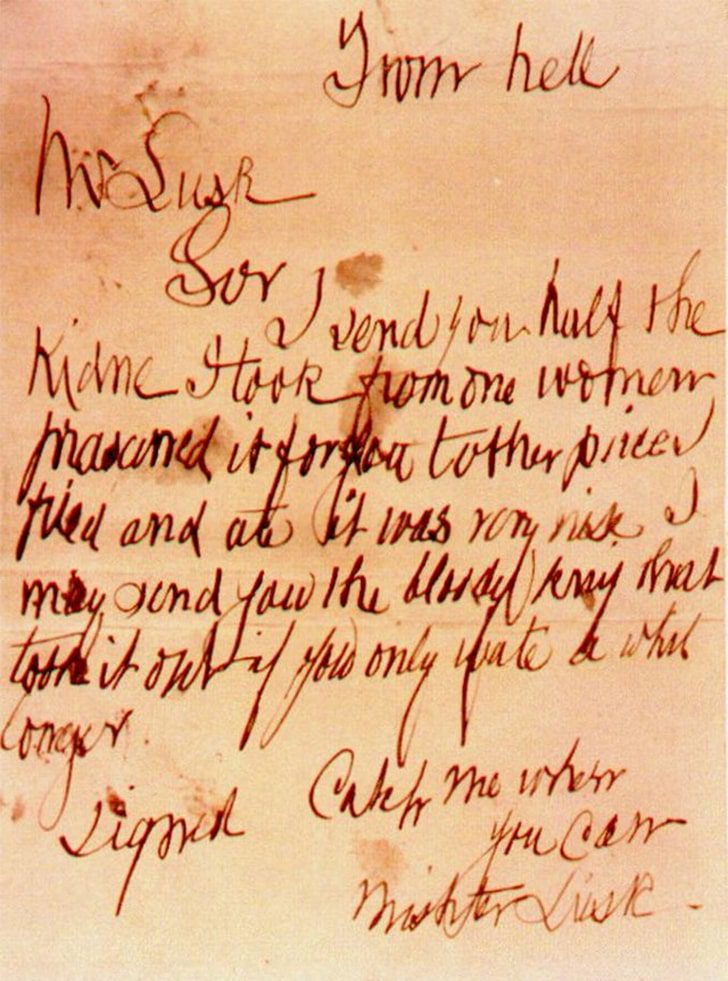
The letter was signed only “Jack the Ripper” and is believed to have been sent by him to taunt the authorities.
Next: The library of the ancient world.
Burnt, Looted, or Scattered
The Library of Alexandria is one of history’s most mysterious and legendary libraries. It was said to contain the works of Homer, Plato, Aristotle, and many other famous authors. The exact fate of the library is still a mystery, even at the present time.
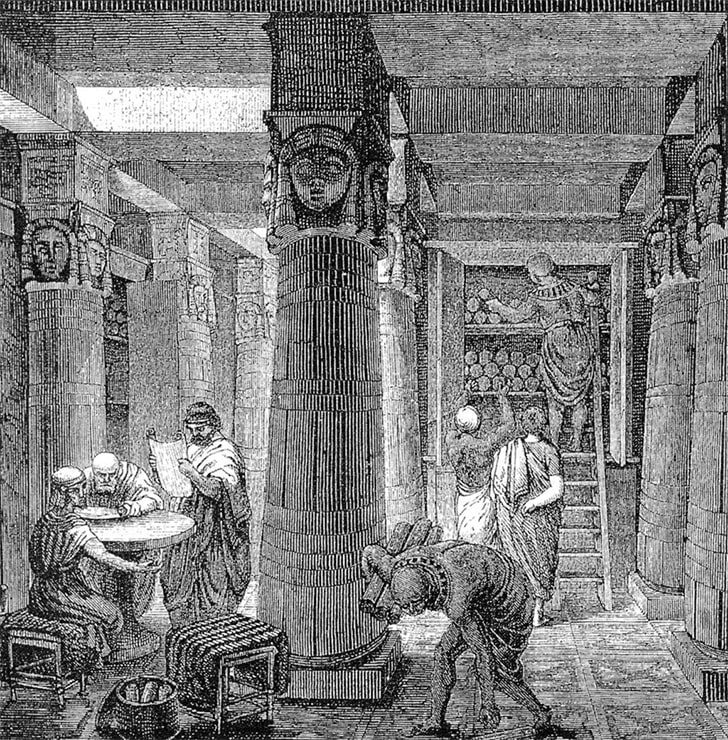
Some say that it was destroyed in a fire, while others believe it was looted and the scrolls were scattered worldwide. Whatever the case, its disappearance is still a great mystery.
Next: Queen Charlotte’s stolen jewelry.
Thieves Got Away with The Jewels
The Irish Crown Jewels have been baffling the public for nearly two centuries. The jewels, gifted to the Lord Lieutenant of Ireland by King William IV in 1831, were estimated to be worth a staggering $5.5 million.
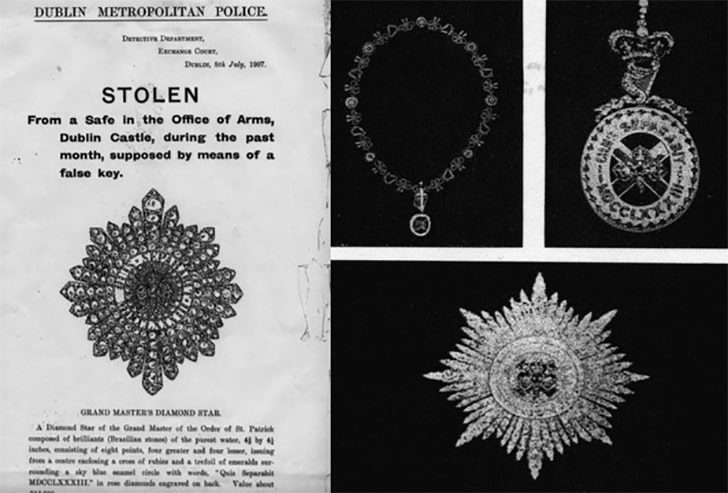
The theft of five collars of the Order of Knights from Dublin Castle in 1907 remains a mystery, with the items never being recovered. Despite numerous royal raids, the whereabouts of the precious gems are still unknown to the public.
Next: The casket containing 73 relics.
Assembled by a Polish Princess
The Royal Casket is a mysterious and legendary artifact that has existed for centuries. It is said to contain secrets that have never been revealed, and its contents remain a mystery. It is said to have been made from a single block of solid gold and is encrusted with precious stones and jewels.
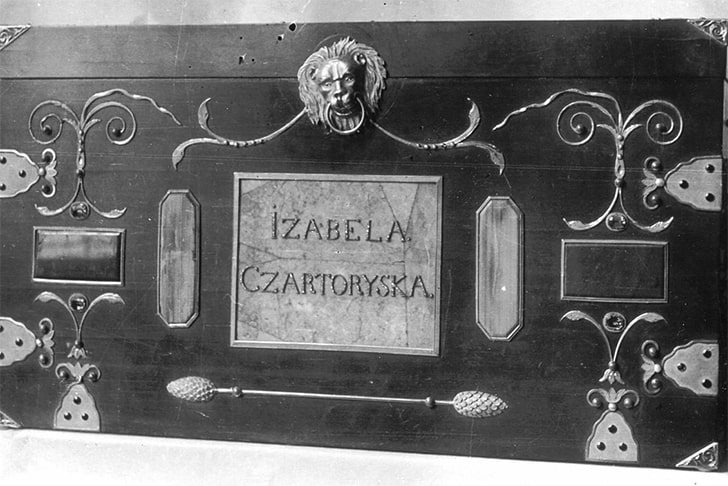
Some say it contains ancient civilizations’ lost writings and hidden treasures. Others claim it holds powerful magical items that could grant immense power to whoever opens it.
Next: The world’s first feature-length narrative movie.
The First-Ever Feature-Length Film
The Story of the Kelly Gang was the first feature-length film, released in 1906. It tells the story of legendary Australian bushranger Ned Kelly and his gang, notorious for their daring and mysterious exploits in the late 1800s.
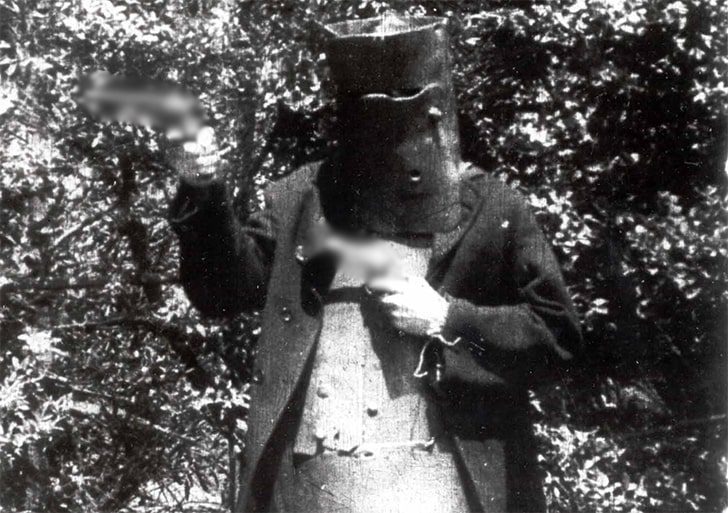
The film follows the gang’s adventures in the Australian outback, where they evade the police and rob banks in daring heists. It also delves into the Kelly family’s struggles with poverty and Ned’s quest for justice and revenge against the oppressive colonial police.
Next: A replica is just not the same.
A Stolen Painting
Nativity with St. Francis and St. Lawrence by Italian painter Caravaggio, painted in 1609, has been missing since its theft from the Oratory of Saint Lawrence in Palermo in 1969. Investigators suspect that the painting may still be hidden and that it has been passed around among the Sicilian Mafia in the decades after the robbery.
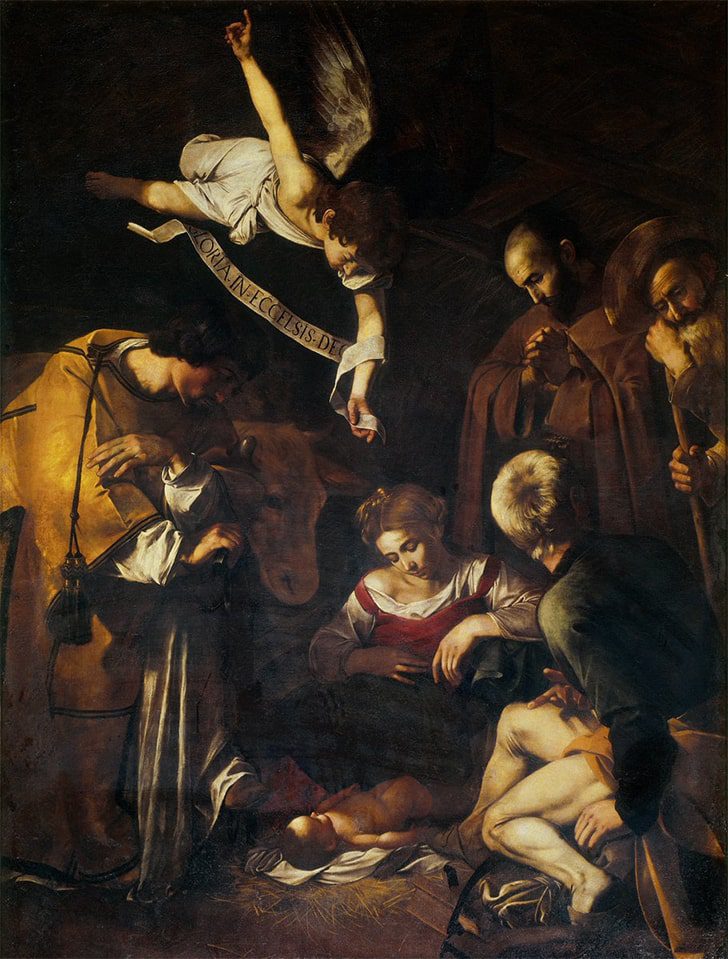
A replica was commissioned in 2015 and now hangs on the altar. The theft is considered one of history’s most significant art crimes and was listed among the FBI’s “Top Ten Art Crimes” in 2005.
Next: Symbol of football supremacy.
Hey, Stealing a Trophy is Cheating!
The Jules Rimet Trophy is one of the most mysterious and captivating stories in the world of sports. It was first awarded to Uruguay in 1929 as a reward for winning the first World Cup. It was made of solid gold and stood over 14.49 inches tall.
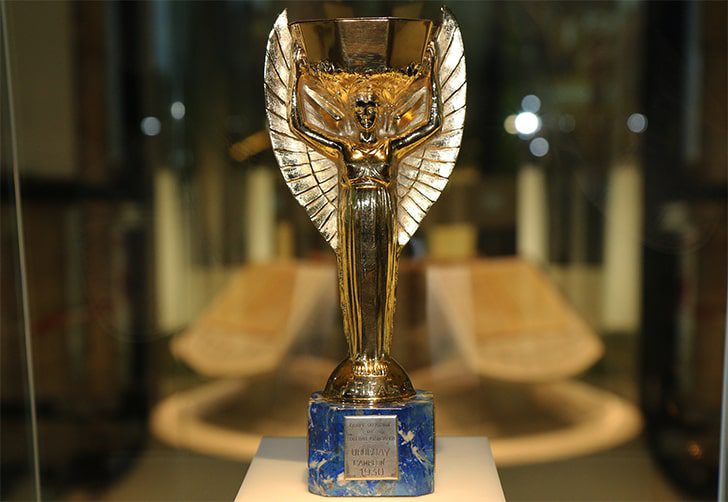
It was a symbol of excellence, the highest achievement in soccer. To protect the original, The Football Association created a replica of the trophy to use in exhibitions. But in 1966, the award was stolen from an exhibition in England and disappeared without a trace.
Next: Father of English Literature.
Choose Your Own Adventure
Geoffrey Chaucer is one of the most mysterious figures in literature. He was a 14th-century English poet and author best known for his collection of stories called “The Canterbury Tales.” Not much is known about Geoffrey’s life, leaving us to wonder what secrets and stories he left behind.
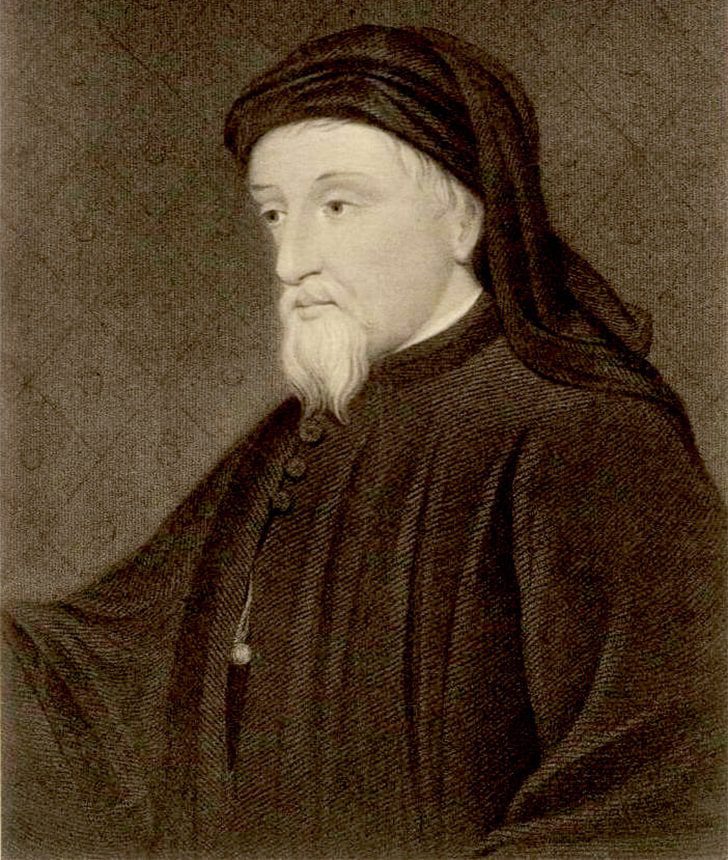
Many of his stories were based on real people and events, but he often exaggerated or changed details to add mystery. His earliest work was the acrostic poem “An ABC,” which he wrote to be used in prayer.
Next: A young man struggling to find his place in the world.
Did it Survive The War?
Raphael’s “Portrait of a Young Man” is one of history’s most mysterious and intriguing artworks. It has captivated viewers for centuries with its mysterious and captivating subject. In January 1945, Hans Frank returned to Kraków with the paintings he had taken from Germany, intending to use at the Wawel Royal Castle. It was the painting’s last known location.

The whereabouts of the painting has been unknown for years, according to the Polish Ministry of Foreign Affairs, yet it is believed to have survived the war.
Next: The first known sculpture of Michaelangelo.
Michelangelo’s First-known Marble Sculpture
Michelangelo’s “Mask of a Faun” is an incredibly mysterious and captivating sculpture that has been the source of much intrigue and speculation. The intriguing aspect of the sculpture is that it was never actually completed by Michelangelo.
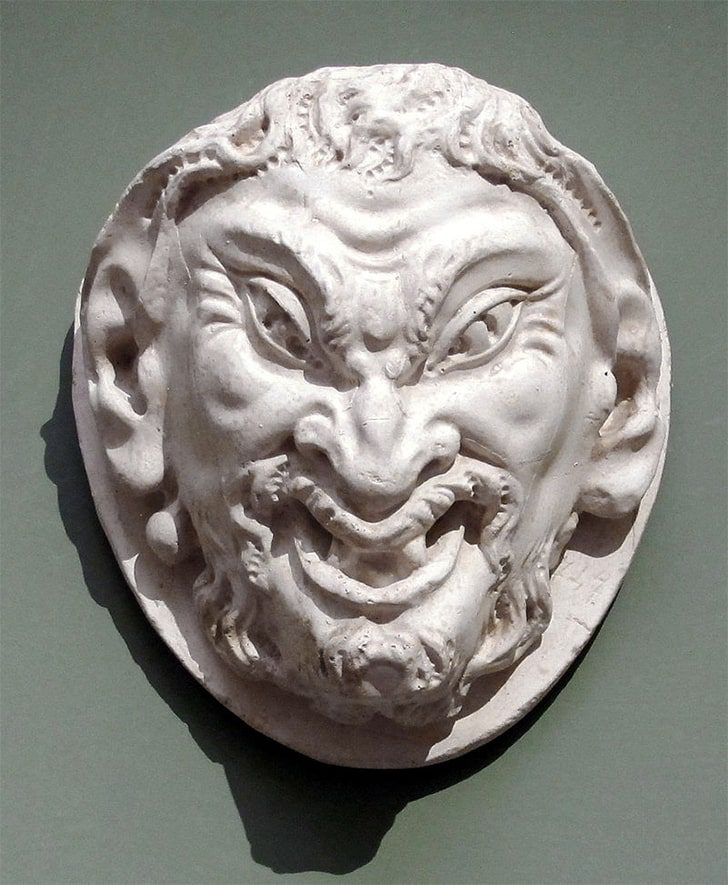
Some believe the mask was a tribute to Faunus, the Roman god of agriculture. Others suggest that it was a reflection of Michelangelo’s inner turmoil. Believed to be the first known marble sculpture by Michelangelo, it has stood the test of time as a notable work.
Next: Story of England’s conquest in embroidery.
The Earliest Surviving Narrative Embroidery
The Bayeux Tapestry is one of the most mysterious and fascinating historical artifacts ever. The 230-foot-long linen cloth is an intricate embroidery depicting the events leading up to the Norman Conquest of England in 1066. It is the earliest surviving example of narrative embroidery, and its colorful images and intriguing stories have captivated viewers for centuries.
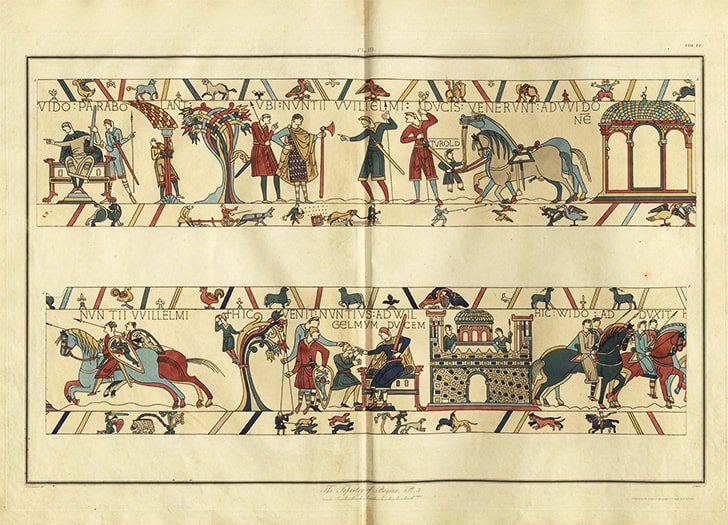
The images on the Bayeux Tapestry tell a story of intrigue, adventure, and battle. They include scenes of King Harold of England being crowned, the Battle of Hastings, and the coronation of William the Conqueror.
Next: The lost tempera with no original copy.
Gods and Queens
Michelangelo’s “Leda and the Swan” is one of the most mysterious and captivating sculptures from the Renaissance period. According to the legend, Zeus, the god of the sky, took the form of a beautiful white swan and flew down to earth to seduce the beautiful mortal woman Leda.
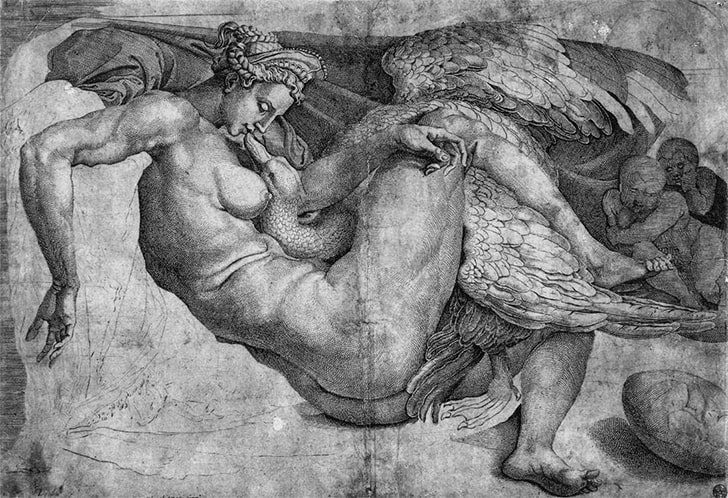
The sculpture depicts the moment of union between the two. The beauty and mystery are heightened because it was never completed by Michelangelo and was left unfinished.
Next: Artifact of God’s presence.
Have You Watched Indiana Jones?
The Ark of the Covenant is one of history’s most mysterious and talked-about artifacts. It is believed that the Ark was built to contain the Ten Commandments given to Moses by God on Mount Sinai.
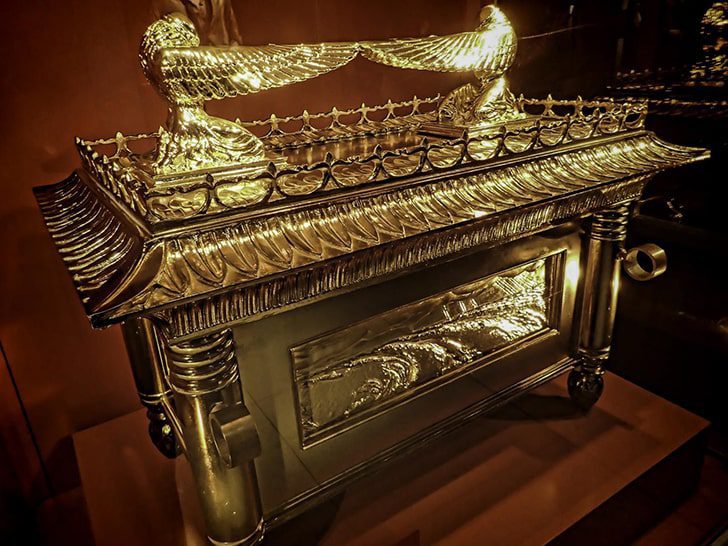
The Israelites carried around the Ark during their journey from Egypt to the Promised Land, and it was said to be a source of great power. It was said to have supernatural powers that could cause the ground to shake and the dead to rise.
Next: The legitimate quest for the Easter egg.
The Kind of Easter Egg That’s Hard to Find
The mystery surrounding the lost eggs of Russian imperial history has been perpetuated by their elusiveness, seen only by a select few. One of these questions is the whereabouts of the Romanov Easter eggs, a collection of intricately designed and bejeweled eggs made by the famous jeweler Carl Faberge for the family’s Easter celebrations.

Until 1902, the Russian public had never been shown these eggs, except for an exhibition in St. Petersburg.
Next: Massive trove of gold and other treasures looted by the Nazis.
World War II Gold
In 2007, a team of historians commissioned by the World Jewish Congress estimated that the Nazis had transferred at least $321 million in gold to Swiss banks, $225 million to other European banks, and $100 million to banks in the United States.

It is believed that these banks may still hold some of the gold. The team also estimated that the Nazis had looted up to $550 million in gold from occupied countries during the war.
Next: The largest Chinese encyclopedia.
15-Million Words Long
The Yongle Encyclopedia is a unique and mysterious collection of knowledge compiled during the reign of the Ming Dynasty’s Yongle Emperor (1402–1424). The encyclopedia was the first Chinese encyclopedia ever created and contains over 11,095 volumes of information that cover topics ranging from medicine and geography to literature and philosophy.
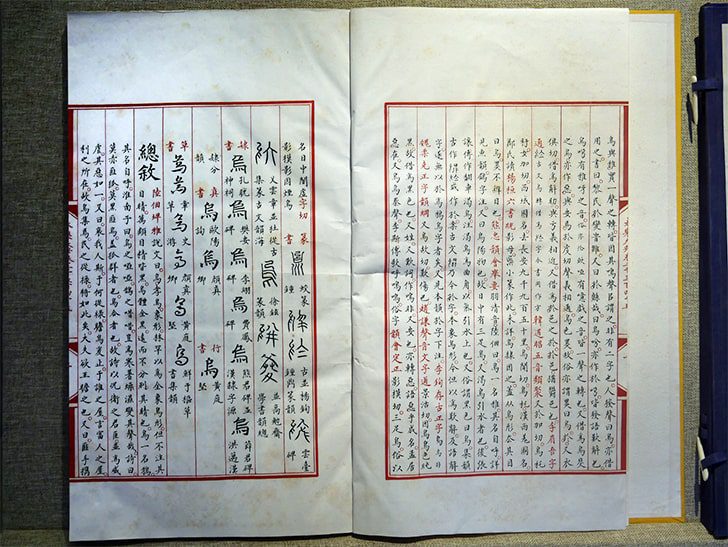
The completion of the Yongle Dadian in 1408 saw the treasury run out of funds, prohibiting it from being printed for the general public.
Next: Collection of 613 pieces of gold jewelry.
Vaulted Away
“Treasure of Nimrud” is a collection of 613 pieces of gold jewelry and precious stones discovered during excavations in Iraq. It had been stored in a bank vault for 12 years before the 2003 invasion and was rediscovered on June 5, 2003. Despite the confusion and looting that followed the invasion, the treasure survived.
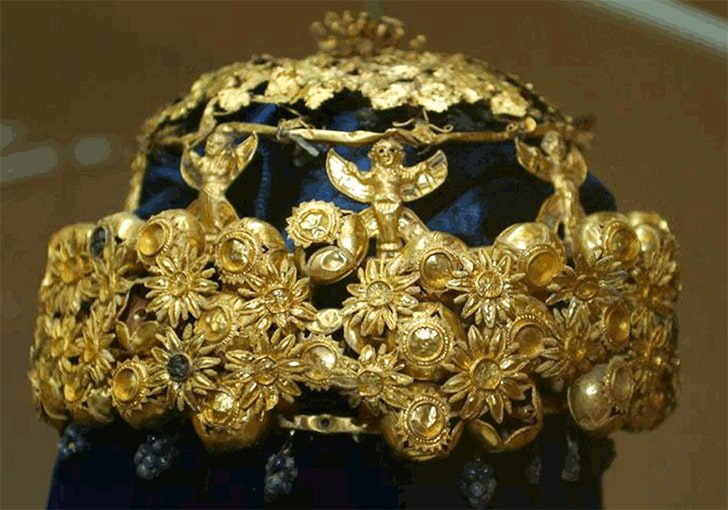
The treasure has been buried near a small town in northern Iraq for over two millennia. After being discovered, it was placed in a secure vault, which remained hidden for 12 years.
Next: The greatest Japanese sword ever made.
The Greatest Swordsmith
The iconic Honjo Masamune is famous for being the greatest Japanese sword ever made. Its distinct curved blade and temper line make it a highly sought-after collectible, crafted by the renowned swordsmith Goro Nyudo Masamune.

The sword is said to have a mysterious power that can protect its master from harm and grant him superhuman strength. It is said to have the power to grant its wielder the ability to see into the future and even grant them immortality.
Next: A Wonder of the Ancient World.
Surviving an Earthquake
The Colossus of Rhodes was a massive statue of the Greek sun-god Helios erected in the city of Rhodes, on the Greek island of the same name, by Chares of Lindos in 280 BC.
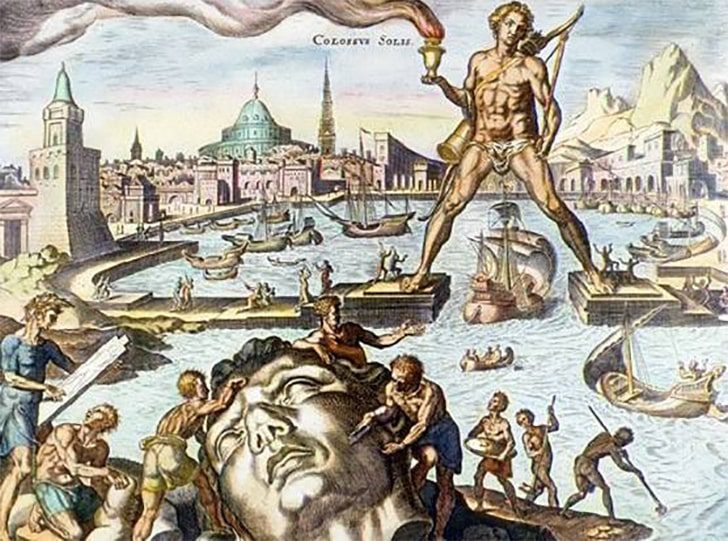
This iconic structure was one of the Seven Wonders of the Ancient World, having been built to commemorate the successful defense of Rhodes City against the attack of Demetrius Poliorcetes, who had besieged the city for an entire year with a formidable army and navy.
Next: Symbol of love and desire between women.
The OG Lesbian
Sappho’s Lost Poems are some of the most mysterious and intriguing works in the history of literature. The poems, written by the ancient Greek poet Sappho, have been lost over the centuries and remain a mystery.
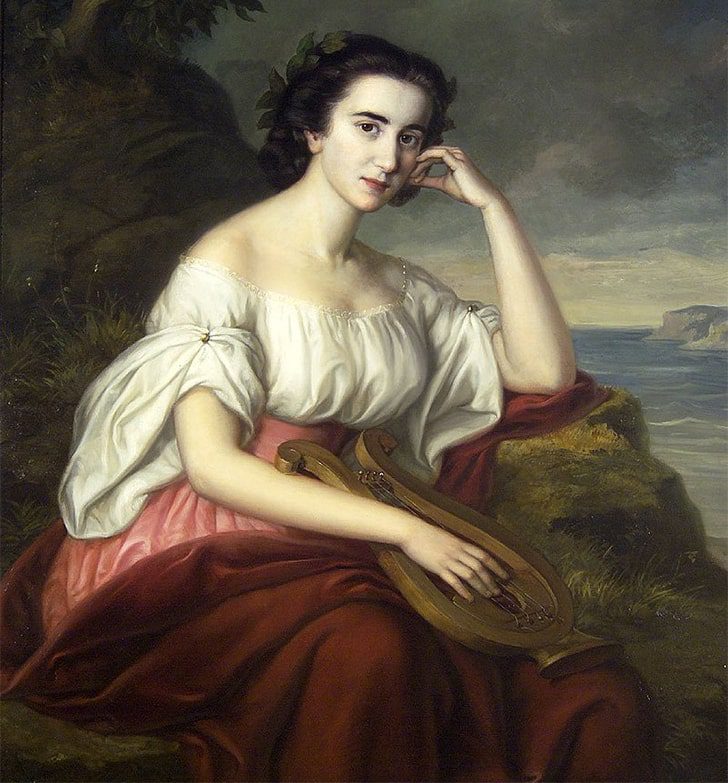
The church’s criticism and destruction of Sappho’s writings in the fourth century due to her sensual and lesbian imagery had a lasting effect. Subsequent attempts to revive her poetry have occurred since the Renaissance, yet her works still need to be recovered to time.
Next: The largest art heist in history.
Burglar’s Loot
The Isabella Stewart Gardner Museum is a unique and remarkable destination in Boston. Step inside to explore an iconic collection of artwork, an enchanting courtyard, and a vibrant community of visitors, staff, and programs. With something for everyone, the Gardner Museum is a true gem in the city.
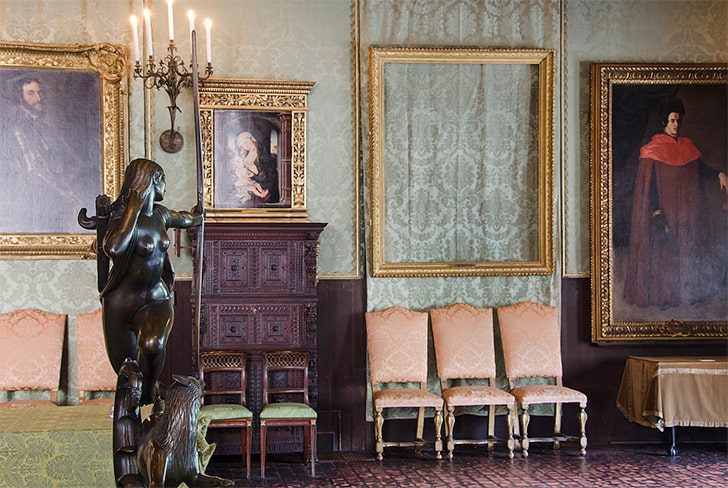
On March 18, 1990, 13 pieces of artwork were stolen from the Isabella Stewart Gardner Museum in Boston. To this day, no one has been arrested for the crime, and the stolen works remain missing.
Next: A hypothetical dialogue.
An End to a Three-part Story
Plato’s Hemocrates is a mysterious and intriguing story that dates back to Ancient Greece. The tale tells of a man named Hemocrates, who lived on an island in the Aegean Sea. He was said to have possessed an incredible knowledge of the natural world and the ability to control the elements.
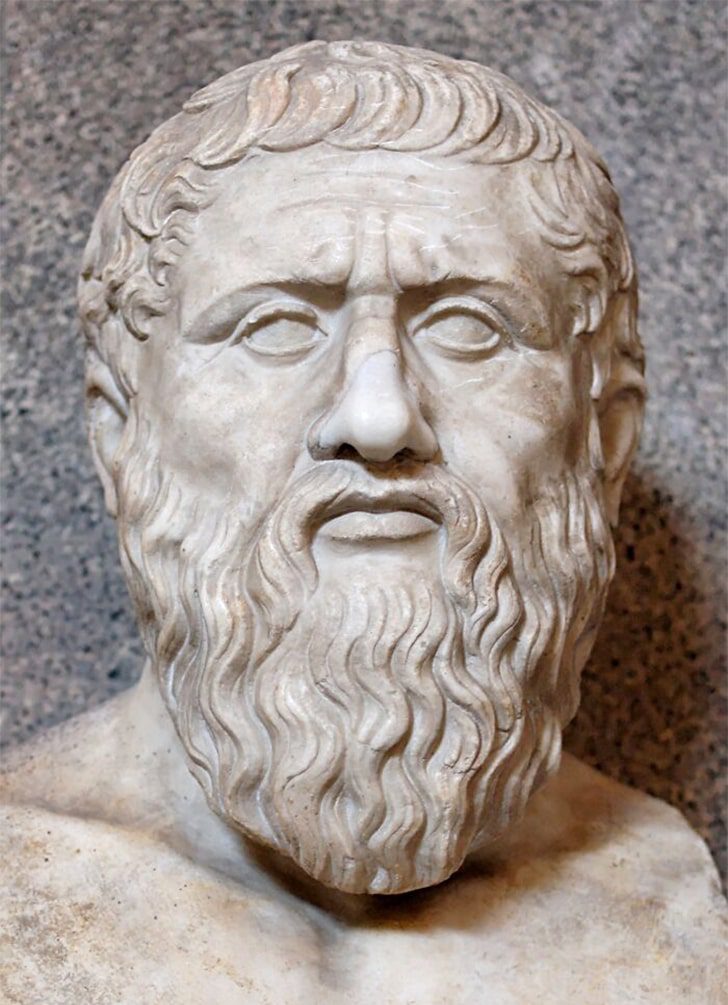
Hermocrates is an imagined continuation of Plato’s late trilogy, which consists of “Timaeus” and “Critias.” As the ending of “Critias” is lost, historians cannot determine the exact content of Hermocrates.
Next: Play of an unknown author.
Shakespeare’s Inspiration
“Ur-Hamlet” is believed to have been written by either Thomas Kyd or William Shakespeare in the latter half of 1587. Unfortunately, no existing copies of the play remain today.
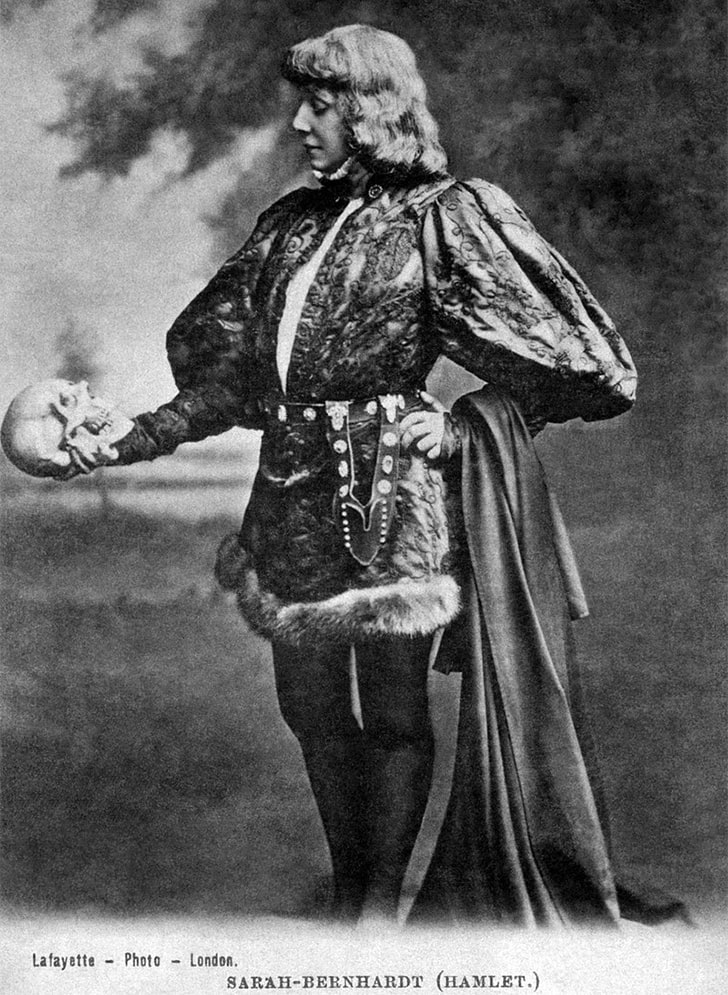
The renowned play “Hamlet” features the iconic character, Hamlet, and the mysterious ghost, first mentioned in Thomas Lodge’s book “Wits Misery and the Worlds Madnesse.” It’s believed to be the oldest version of the classic Shakespearean tragedy. Since its discovery in the 19th century, scholars have debated its origins and relationship to the play we all know and love.
Next: The stolen panel.
The Case File is Still Open…
“The Just Judges,” or “The Righteous Judges,” is the lower left panel of the Ghent Altarpiece, a 15th-century polyptych painted by the Flemish artists Jan and Hubert van Eyck.
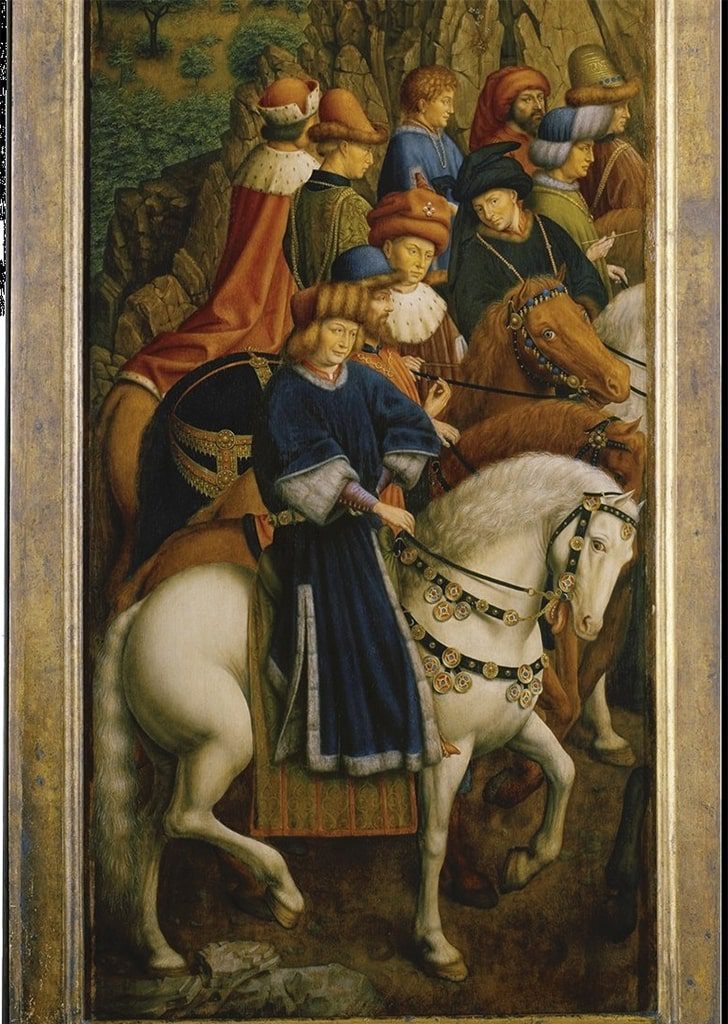
The panel is believed to contain several recognizable portraits of figures from the time in which it was painted, including Philip the Good, Duke of Burgundy, as well as possibly the artists Hubert and Jan van Eyck themselves. Unfortunately, the panel was stolen in 1934 and has never been recovered.
Next: Treasure map leading to vast riches.
A Remarkable Dead Sea Scroll
The “Copper Scroll,” discovered by an archaeologist on March 14, 1952, at the back of Cave 3 at Qumran, was one of the few Dead Sea Scrolls found outside of the Bedouin’s discoveries. Encased in two rolls of copper, this scroll is known for its unique composition and the historical details it reveals.
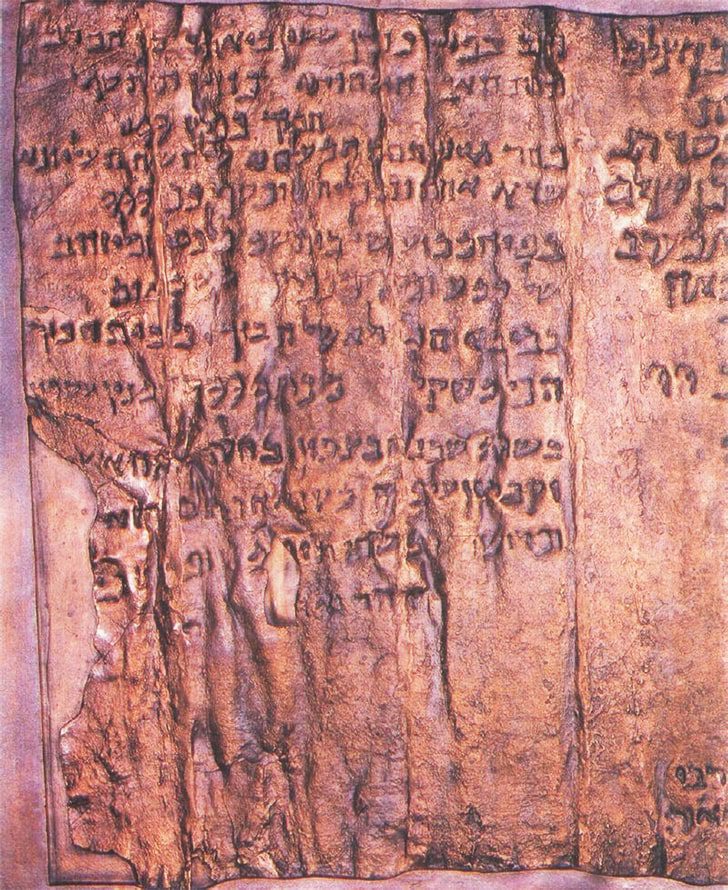
Experts have studied it for decades, yet its secrets remain elusive. Some speculate that it may be a list of sacred artifacts or a record of payments made to a temple.
Next: A play with no surviving copy.
The Lost Shakespeare Creation
“Love’s Labour’s Won” is a mysterious play attributed to William Shakespeare by his contemporaries, believed to have been written before 1598 and published by 1603. Unfortunately, no existing copies have been found, leaving scholars to debate whether this is a genuine lost work or an alternative title to a known Shakespeare play, possibly a sequel to “Love’s Labour’s Lost.”

It is considered a comedy, and the title has been linked to several of Shakespeare’s other works.
Next: The silent drama.
A Lost Pancho Villa Film
The Life of General Villa is a lost silent biographical action-drama film starring Pancho Villa as himself.
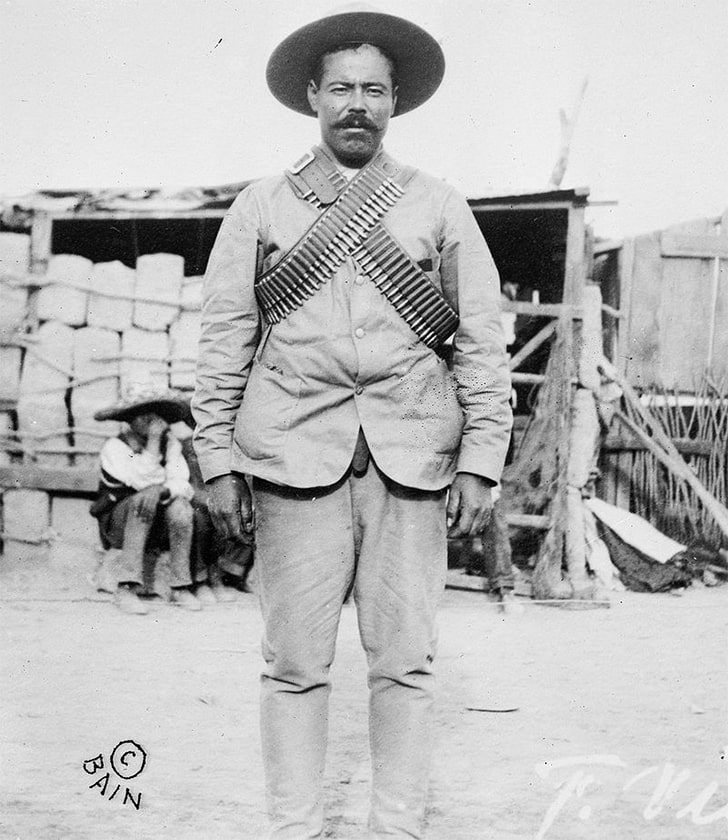
Produced by D. W. Griffith and featuring future director Raoul Walsh as the younger version of Villa, the film was shot on location during a civil war. It incorporated both staged scenes and live footage from real battles during the Mexican Revolution. Unfortunately, only unedited fragments and publicity stills are known to exist today.
Next: Heavy gold that is used in the Tabernacle.
So Heavy It Was Moved with Wheels
The Menorah from the Second Temple is shrouded in mystery. It was a golden candelabrum with seven branches and was believed to have been used to light the inner sanctuary of the Second Temple. According to ancient Jewish texts, it was described as being made of pure gold and was so heavy that it had to be moved with a wheeled cart.

The seven lamps represent the seven branches of human knowledge, with each of the six lamps inclined inwards towards the light of God, represented by the central piece.
Next: Representation of the official’s authority.
One of Australia’s Biggest Mysteries
A ceremonial mace symbolizes authority and power, carried in official processions and civic ceremonies. It is typically an ornately-decorated staff made of metal or wood, held by a mace-bearer in front of a sovereign or other high-ranking official. The mace has its roots in the weapon of the same name, first used in medieval times.
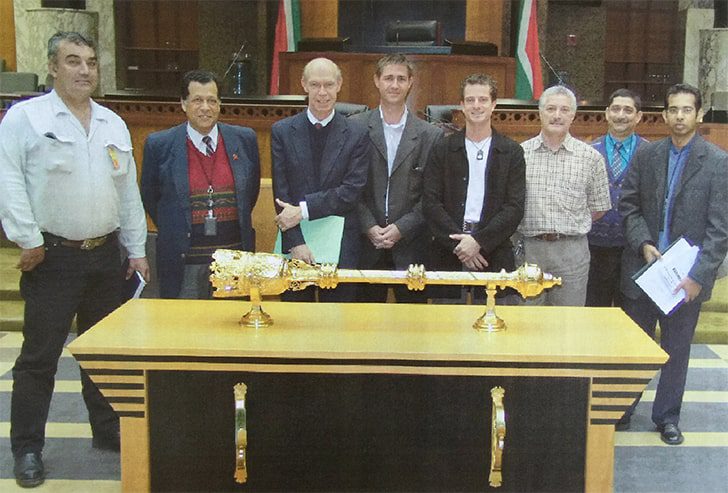
It is now mainly used on official occasions such as parliamentary meetings or formal academic gatherings. The modern mace is descended from its original use as a weapon.
Next: Cup from the Last Supper.
The Cup Jesus Drank From
The Holy Grail, referred to as the Holy Chalice in Christian tradition, is believed to be Jesus’s cup at the Last Supper to serve wine.
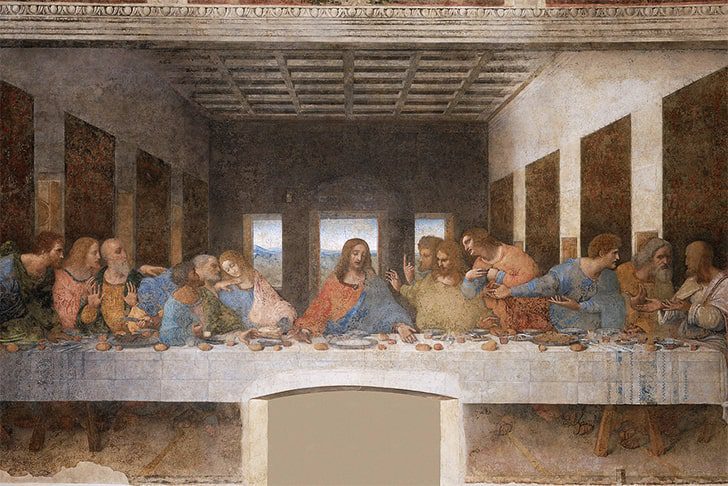
It’s a legendary relic said to have immense spiritual power and has been purported to be located in various places, yet it has never been found. However, the cup is an agate vessel held in the Cathedral of Valencia, Spain, and the source of religious devotion. Pilgrims from all around the world visit the chapel dedicated to the relic.
Next: Gold mine hidden in the United States.
Gold Hidden in the Mountains
Legend has it that the Lost Dutchman’s Gold Mine is located somewhere in the Superstition Mountains near Apache Junction, Arizona. For years, countless adventurers have set out searching for this mysterious gold mine, with some even losing their lives. Despite the danger, the lure of untold riches continues to draw people to these mountains, fueled by stories of how to locate the mine.

Others think that the mine never existed at all. Regardless of what’s true, the legend of the Lost Dutchman’s Gold Mine fascinates adventurers and treasure hunters alike.
Next: Origin of man.
The History of Humanity
Peking Man is an ancient human species that was discovered in the 1920s in what is now China. The discovery was made in a cave near the city of Zhoukoudian, and the species was named Homo erectus pekinensis.
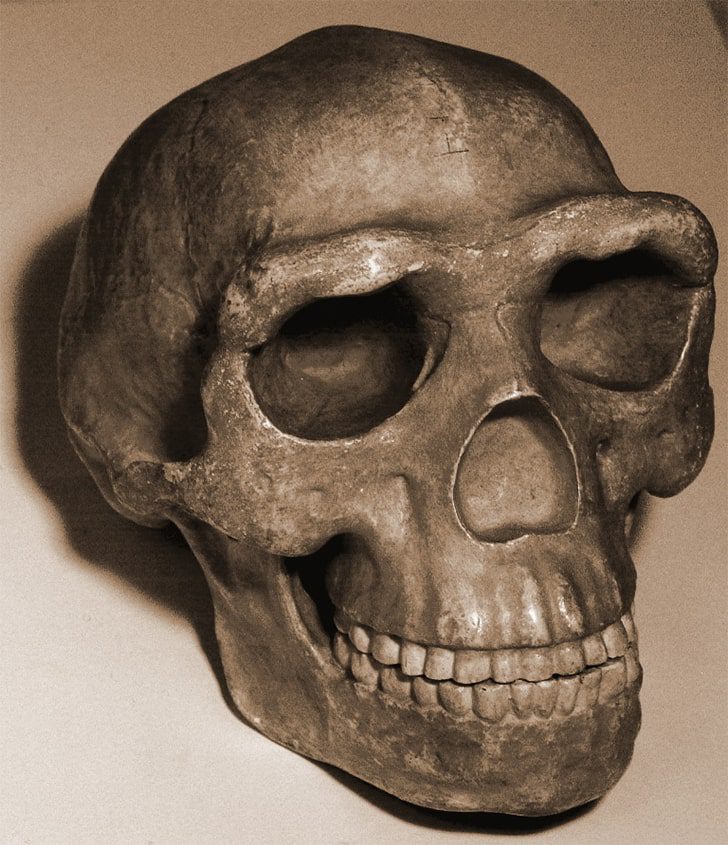
This discovery was incredibly exciting for the scientific community, as it was the first fossilized remains of a pre-modern human species ever found. Peking Man is believed to have lived between 400,000 and 250,000 years ago and is thought to be an ancestor of modern humans.
Next: Collection of Jesus’ sayings.
Quotations Ascribed to Jesus
The “Q Source” is a hypothetical collection of Jesus’ sayings which is believed to have been used as a source for the Gospels of Matthew and Luke but not for the Gospel of Mark. This material is thought to have come from the oral gospel tradition of the early Church.
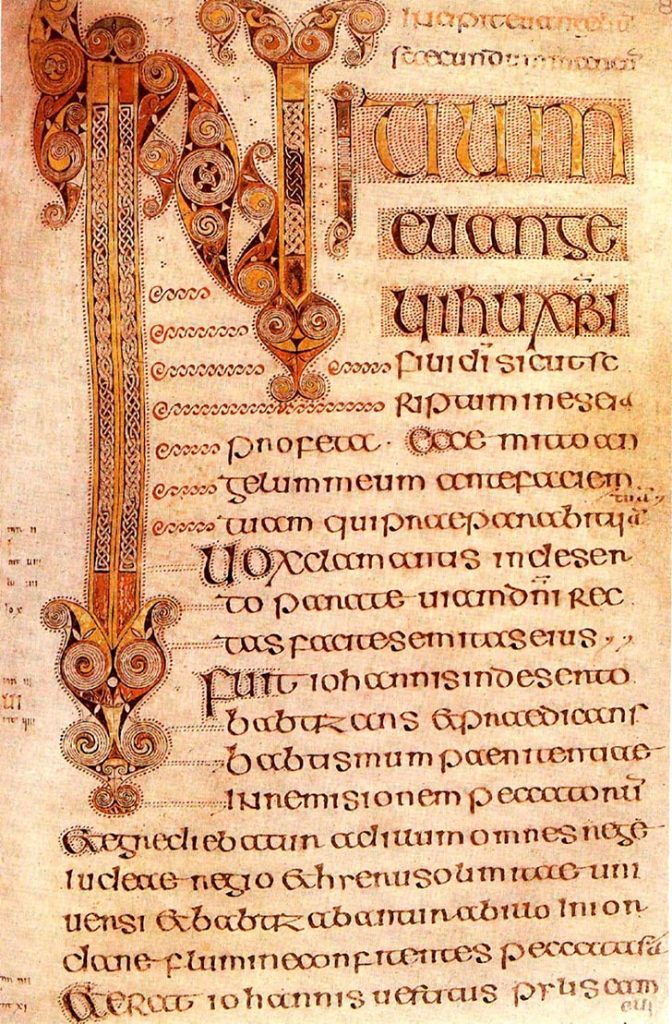
It was proposed in 1900 as a part of Marcan’s priority and has become a cornerstone of modern scholarship on the gospels.
Next: Bible scripture that says nonbelievers will be condemned.
First Century Gospels
Mark 16 is the final chapter of the Gospel of Mark in the New Testament of the Christian Bible. In this chapter, Mary Magdalene, Mary the mother of James, and Salome purchase spices to bring to the tomb the next morning to anoint Jesus’ body.
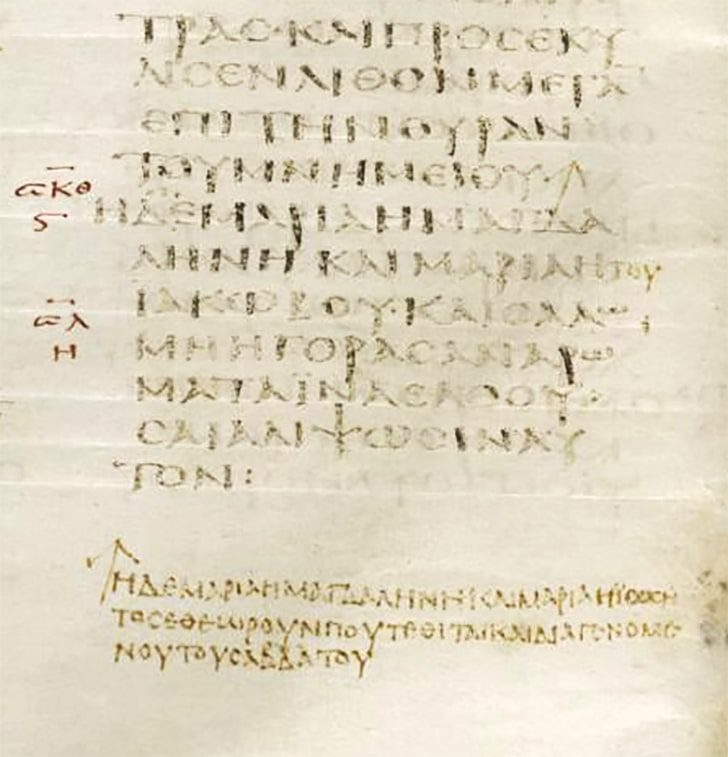
However, they are surprised to find the stone rolled away, the tomb open, and a young man dressed in white announces the resurrection of Jesus.
Next: One of the richest treasures ever to be lost at sea.
The Most Valuable Shipwreck
The San Miguel was a Spanish vessel laden with riches, including precious metals and gems, intended to be sold by the Spanish monarchy to finance the War of Succession. Unfortunately, in 1715, the ship was caught in a storm and sank off the coast of Cuba, never to be recovered.
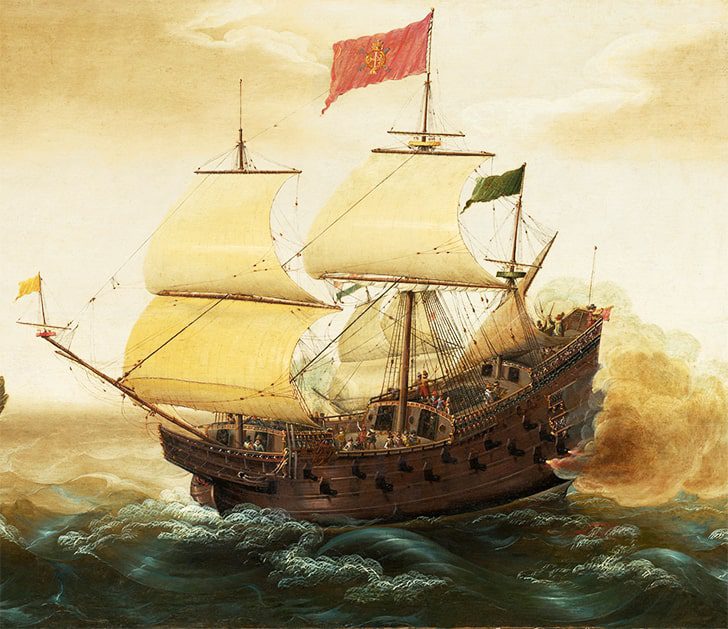
Some of the discoveries made by shrimpers have included a jewelers’ furnace, cannons, and gold coins. Believed to be the most valuable shipwreck yet to be uncovered, it is estimated to contain an immense treasure worth approximately $2 billion.
Next: Unrecovered wealth.
Riches from Peru
Legend has it that the Treasure of Lima was buried in 1820 to prevent it from falling into the hands of foreign invaders. This hoard of riches was said to be taken from Lima, Peru, and has never been found. Its estimated value today is around $208 million.

Countless treasure hunters have ventured to Cocos Island in search of the loot. August Gissler, a German explorer, lived on the island from 1889 to 1908 and was one of the more notable seekers. None of them were successful in their endeavors.
Next: Where unexplained objects are found.
Buried by The Knights Templar
For centuries, the Oak Island mystery has captivated people around the world. Legends and tales of buried treasure, mysterious artifacts, and strange happenings have been passed down for generations. For over 200 years, explorers and adventurers have attempted to uncover the island’s secrets, hoping to find a hidden treasure, manuscripts, or even the Holy Grail or Ark of the Covenant.

Speculation has abounded that the Knights Templar may have buried these items on the island. Despite numerous attempts, however, the mystery of Oak Island remains unsolved.
Next: The sweat of the sun.
Ransom for the Inca Leader
The mythical lost Inca gold, thought to comprise thousands of priceless items, may include a gold cup like the one pictured. This treasure is believed to have been a ransom for the Inca leader Atahualpa, who Spanish conquistador Francisco Pizarro took prisoner in the 16th century. The ransom was supposedly hidden away when the Inca learned that Atahualpa had been executed.
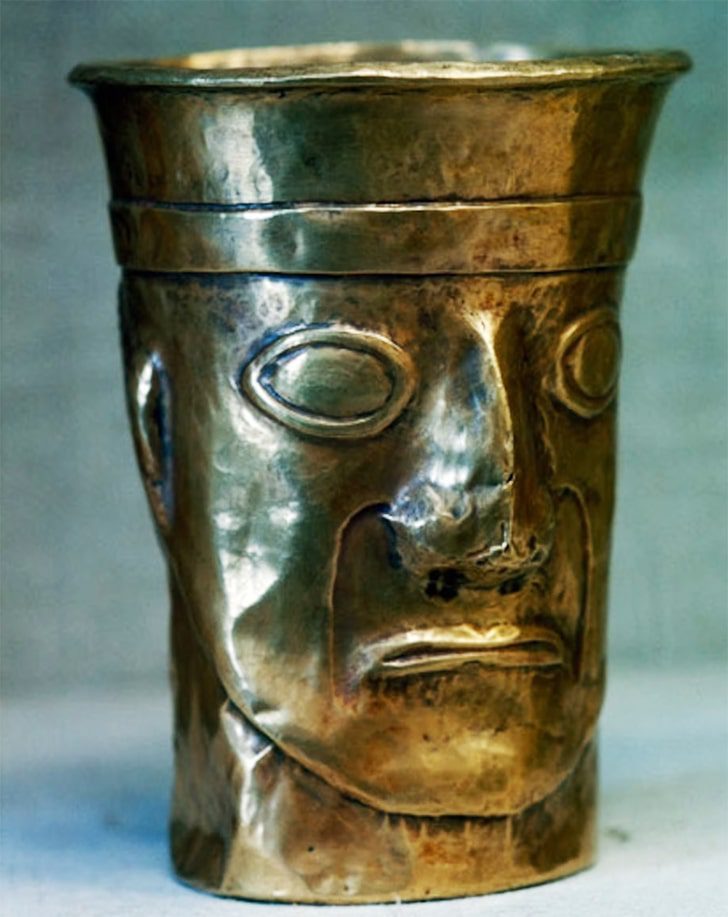
Archaeologists are attempting to uncover the fate of the legendary Inca gold of Atahualpa, seeking answers to the mysteries surrounding its disappearance.
Next: Treasures of the scary pirate.
Blackbeard’s Treasures
The mysterious Lost Treasure of Edward Teach, also known as Blackbeard, has been a source of fascination for centuries. The story of the lost treasure has never been proven and remains one of the great mysteries of maritime history.
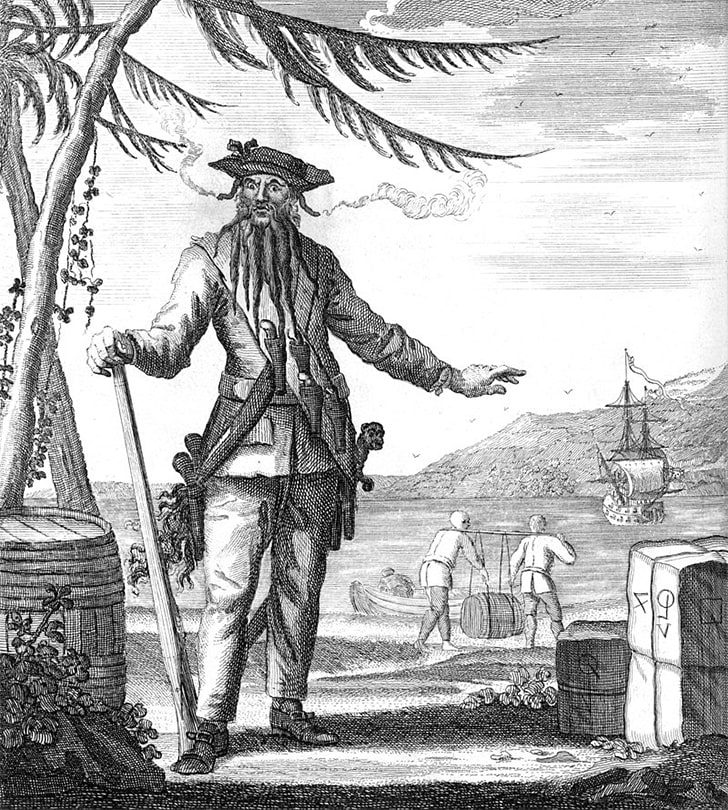
Legend has it that Blackbeard was an infamous pirate with a fearsome appearance and fierce temper who terrorized the Caribbean during the early 18th century. He amassed a vast fortune during his criminal career and hid it in some unknown location before he was killed in battle in 1718.
Next: Collection of stones and wealth.
Left by the Emperors of India
The Padmanabhaswamy temple treasure comprises a host of valuable items, such as gold thrones, crowns, coins, statues, ornaments, diamonds, and other precious stones.
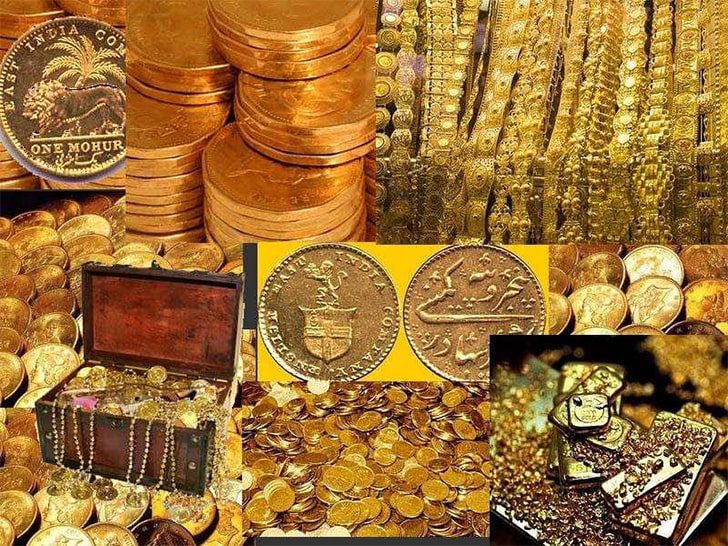
The exact value of the treasure is unknown, but some estimates put it at over $20 billion. Some items are said to be thousands of years old and are of great archaeological importance. The mysterious treasure has led to much speculation, with some suggesting that it was left by the ancient kings and emperors of India.
Next: The key to the buried gold treasure.
Encrypted Text Transformed from Plaintext
The Beale Ciphers are a set of three ciphertexts purportedly containing the location of a hidden treasure of jewels, gold, and silver, and estimated to be worth over $43 million as of January 2018. The cryptograms, written in 1885, have never been decoded, and the treasure has yet to be discovered.
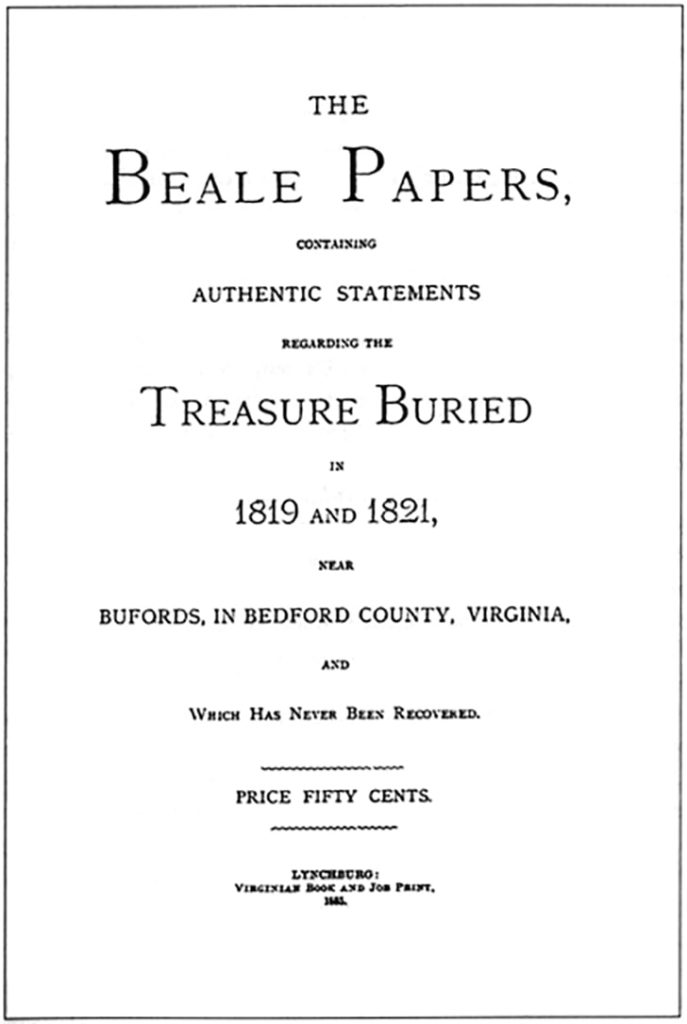
Treasure hunters have not been discouraged by the lack of proof regarding the authenticity and remain steadfast in their efforts to locate the vault.
Next: Galleon sunken by a storm.
A Spanish Treasure Galleon
Nuestra Señora de Atocha, or Our Lady of Atocha, was a Spanish treasure galleon that was part of a fleet of ships that sank in a hurricane off the coast of the Florida Keys in 1622. It is the most well-known of the vessels that went down in the storm.
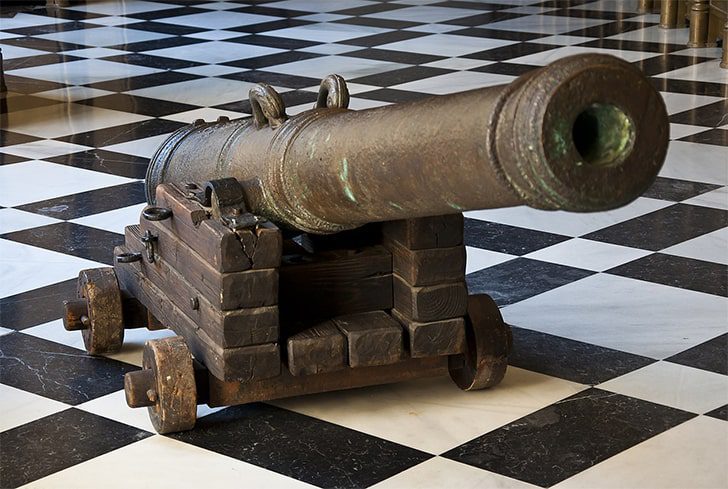
It was carrying cargo worth between $250 million and $500 million, which included silver from Bolivia, Peru, and Mexico, gold and emeralds from Colombia, pearls from Venezuela, and items such as silverware, tobacco, and bronze cannons.
Next: The city that’s never been found.
The Ancient Maya Civilization Revelations
“Lost Cities of the Maya” is a book about Maya archaeology co-written by French Mayanist and iconologist Claude-François Baudez and art historian Sydney Picasso. It was published in 1987 by Éditions Gallimard as the 20th volume in their “Découvertes” collection. It is illustrated and comes in pocket format.

The most famous of the “Lost Cities of the Maya” are Palenque, Tikal, and Calakmul. These sites have revealed much about the ancient Maya civilization, including its architecture, art, and culture.
Next: A bountiful wealth that is to be found.
Lost Tons of Gold
It is said that there is a lost treasure belonging to the Tsars that is estimated to be 1,600 tons of gold. This immeasurable wealth was supposedly lost when the train of White Army commander Admiral Alexander Kolchak derailed and fell into a lake in Siberia.

Rumors of vast amounts of wealth have circulated, but no one has been able to confirm the whereabouts of the Tsar’s lost riches. Some believe the treasure was taken by revolutionaries and hidden away, while others think it was buried in secret locations around Russia.
Next: Undiscovered city…
An Advanced Civilization Once Lived There
The Lost City of Z was a lost treasure belonging to the Tsars British surveyor of an ancient city he believed to have existed in the jungle of Mato Grosso, Brazil. He believed that an advanced civilization had once existed there and that isolated ruins may remain.
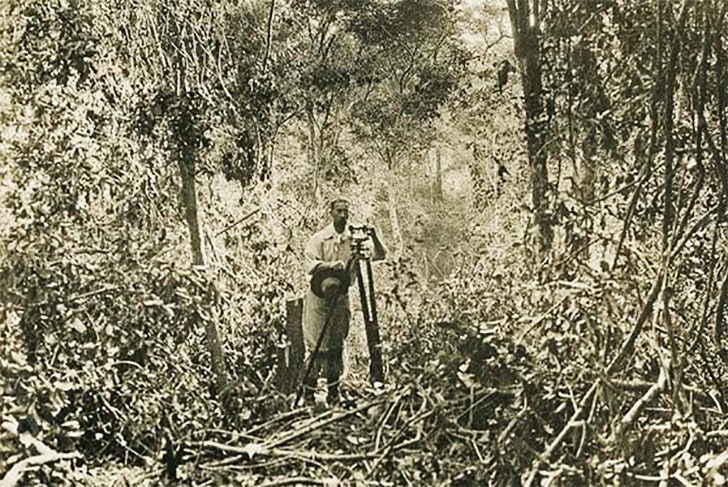
In 1753, a group of Brazilian explorers known as bandeirantes, stumbled upon the ruins of an ancient city. The remains included arches, a statue, and a temple with hieroglyphic inscriptions.
Next: Ancient symbol of Scottish nationhood.
Smuggled into Scotland
The Black Rood was a sacred object used to contain a part of the True Cross. It was made of gold and decorated with jewels. It was smuggled into Scotland by the sister of the last Anglo-Saxon king of England, after the Norman invasion.
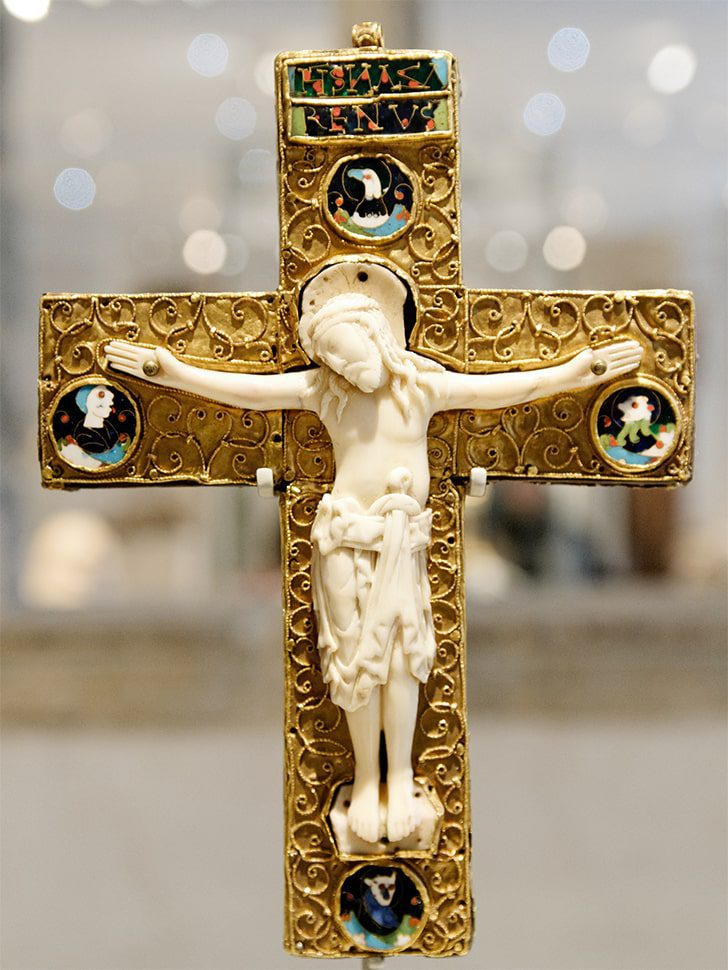
Despite its mysterious origins and unknown whereabouts, the Black Rood has become a symbol of Scottish pride and identity. It is said to be the source of Scotland’s strength and resilience. Isabella of Angoulême, the widow of King John of England, brought a fragment to a Cistercian Abbey in Ireland.
Next: Ship containing 100,000 tons of gold.
Another Valuable Shipwreck
On September 23, 1641, a ship called the Merchant Royal which had gold and silver on board sank near the coast of Cornwall and has never been found since.
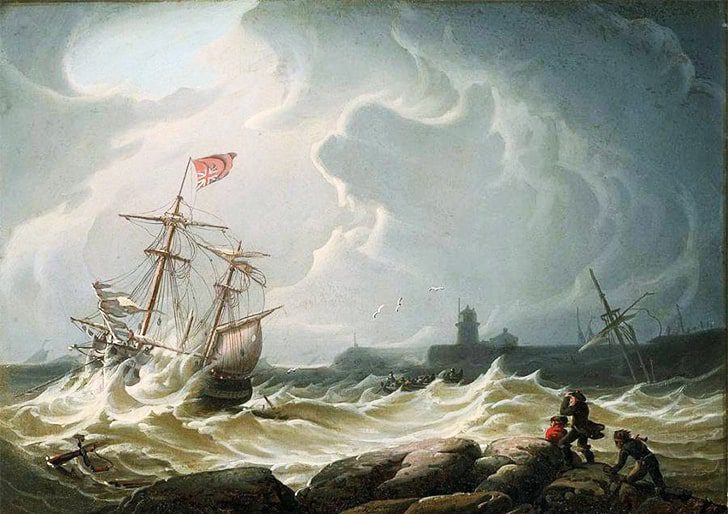
There were at least 100,000 pounds of gold equivalent to over $1.5 billion in today’s money, 400 bars of Mexican silver and nearly 500,000 pieces of eight and other coins onboard the ship, making it one of the most valuable shipwrecks ever recorded.
Next: Discovery of the silver is just the beginning…
Pirate’s Treasure
William Kidd was known for being a pirate hunter but became famous for being a pirate himself. It is said that he left behind hidden treasure before he died.
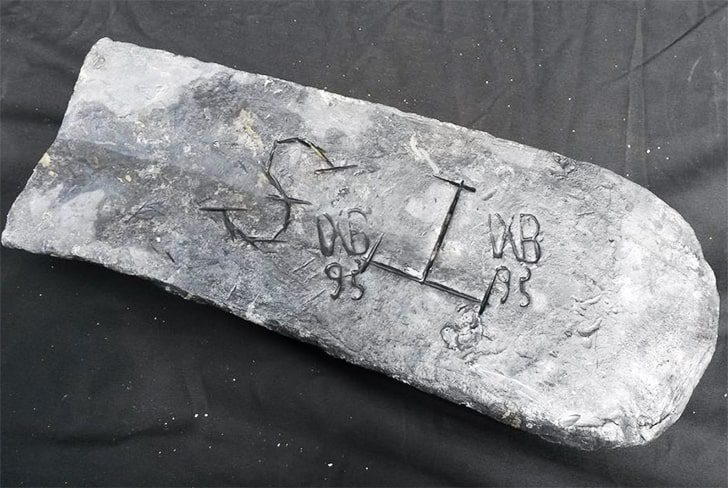
A team of archaeologists believes they have discovered part of the treasure belonging to the infamous pirate Captain Kidd in a sunken ship near the coast of Madagascar. They say that the 121-pound bar of silver they have found is only a small part of the entire treasure that lies beneath the surface.
